The Coolest Scientific Things To Do With Milk Before It Goes Bad

Today on Chemistry Cachet we are sharing the COOLEST scientific things to do with milk before it goes bad!
This post was not on my editorial calendar, but I was inspired to write it because I constantly have milk to use up before it goes bad since my one year old is starting to have whole milk. She doesn’t drink too much at a time, so I always end up with a little extra that needs to be used up before it expires.
The good news is, thanks to science, we can use milk in some unique ways around the home!!
We love sharing surprising and unique ways to use everyday items on Chemistry Cachet.
Like those leftover peaches you have in the summer, or all the banana peels you might have sitting around!
Let’s dive in…
The Coolest Scientific Things To Do With Milk Before It Goes Bad
Don’t forget to follow us on Instagram for fun, unique chemistry tips too!
First, we are talking about cow’s milk in this post! Milk made from almonds, coconuts, or other types will not have the same impact, so just remember this is for regular milk.
As you know, my husband and I don’t drink dairy for autoimmune reasons, but milk is important for toddlers. Amelia is starting to drink it and I always mix it with her oatmeal. I buy the little pints, but they don’t last very long.
I always have a little leftover which I love to use for various things.
To understand why these work, we need to look at the chemistry.
Looking at the Chemistry
Milk is made up of two parts: liquid and solid. Believe it or not, milk is over 80% water and the remainder is various solids. This is the key to what makes it work for things around the home!
The solids include whey, casein, fat, lactose, and ash. You can get a great breakdown of the percentages on Cheese Science Toolkit.
Vitamins and Minerals
There are also many vitamins and minerals found in milk. The mineral content (ash content) contains the following: Calcium, Copper, Iron, Magnesium, Manganese, Phosphorus, Potassium, Selenium, Sodium, and Zinc.
Vitamins include:
- Vitamin A
- Thiamin (B1)
- Riboflavin (B2)
- Niacin (B3)
- B5
- B6
- B12
- Vitamin C
- Vitamin D
- Vitamin E
- Folate
- Vitamin K
Visit this link to get the percentages and number content on these vitamins and minerals.
Things to Do with Milk Before it Goes Bad
As you can see above, there are so many scientific components of milk which makes it a great tool to use around your home. Here are my favorite things to do with it!
Feed Your Plants
You can actually water your plants with leftover milk! Pour your leftover milk into a watering can, add some water to it to thin it out, then pour directly onto the soil. With calcium, potassium, and iron present, it makes it a great source of nutrients for plants. Be sure to do this occasionally, not all the time though. As mentioned on Gardening Know How, too much milk can offset the bacteria balance. However, occasional use is very beneficial!!
Use For An Insecticide
According to Dirt Doctor, spraying milk on soil occasionally can keep away certain insects like grasshoppers! The reason is due to contents like lactose. Lactose is a sugar which improves soil and plant health, but also deters certain insects. This article talks about how it keeps grasshoppers away too! They are talking about raw milk in their research, but it applies to organic whole milk too.
Clean Houseplants
Did you read this post on Chemistry Cachet a few years ago? It is one of our most popular posts to date because people love how well it works! It cleans houseplant leaves making them shine really well, but it also nourishing the plant.
Remove Ink Stains
You might be thinking what?? Remove ink stains? Yes it’s true! I read this tip years ago in a household cleaning book from the early 1900s. The tip said if you get ink on your clothing, soak it in milk overnight.
The next morning, scrub the ink stain in a circular motion. Wash it as you normally would. Why does it work? The milk solids we talked about above will push the ink stains out of the fabric while it soaks.
For very set in ink stains, it is best to follow up with an acid like vinegar. You can add in some vinegar while the ink stain is soaking in milk, or add vinegar the next morning while you scrub.
Add To a Bath
With the vitamins, minerals, and fat content, milk makes a luxurious addition to a bath. I have done this many times over the years, and it always leaves my skin so soft! All you need to do is add about 1 cup of milk to your bath, add in a few drops of essential oils (if you don’t like the smell of milk), then soak for a little bit. I love to add rose oil to mine!
Use For a Foot Spa
If you aren’t much of a bath person, you can also use it for soaking your feet! The acid and fat content works wonders for dry feet! My favorite thing to do is pour a big bowl of hot water, add in a cup of milk, rose petals, essential oils, then soak for 20-30 minutes.
Soften Cuticles
It is great for softening cuticles! Soak fingers in a bowl, then rinse with warm water. Once again, the acid and fat content work together to nourish and soften cuticles.
Clean Silverware
You can soak silverware in milk for about an hour. Rinse with warm water, then polish with a cloth. The acids and solids help remove tarnish from silver! This doesn’t work for heavily tarnished silver (we have a recipe for that in the ebook), but it does work well for cleaning dirty silver!
There are many other possibilities, but these are all my favorite uses!!
Enjoy!
Follow on Facebook | Bloglovin | Twitter | Instagram | Pinterest | Hometalk
Linking with Met Monday and these link parties!

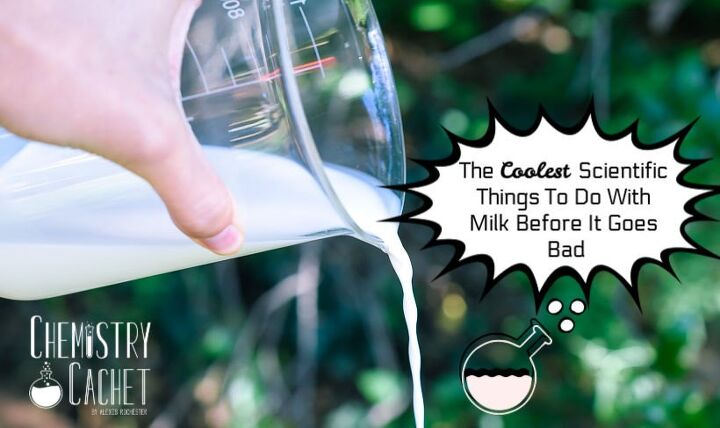


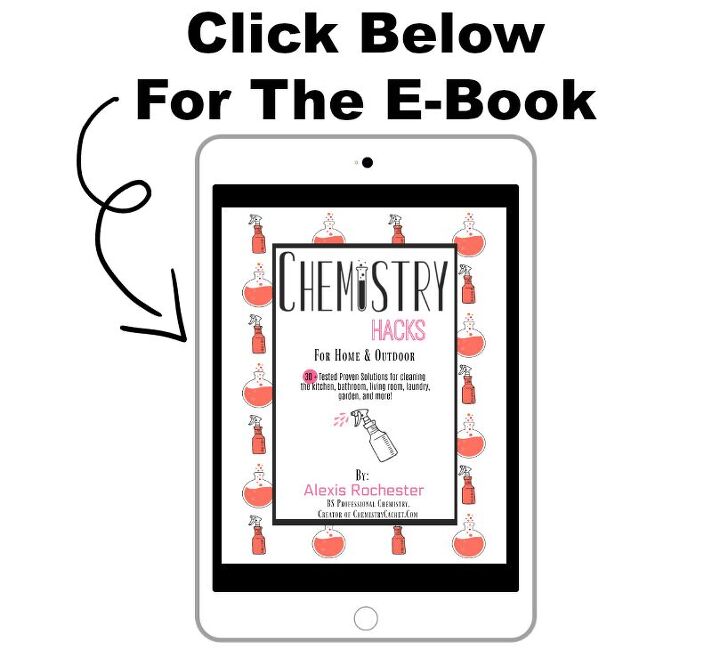





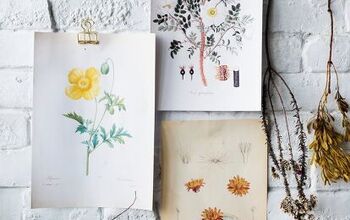



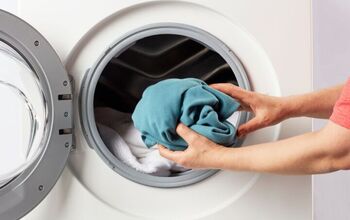

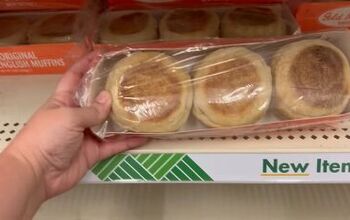
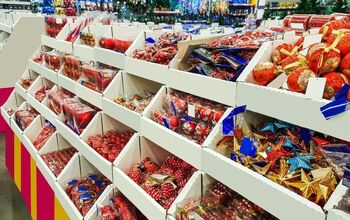
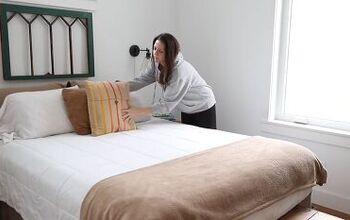
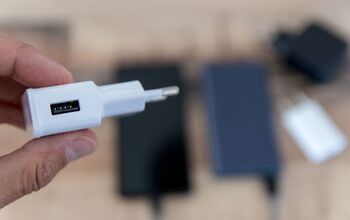

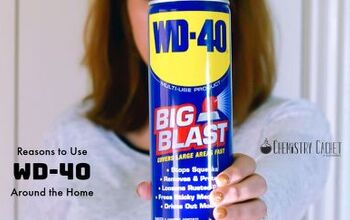


Comments
Join the conversation
Also freeze milk when you are close to the expiration date, or on your way out of town for the weekend. Ready to use after defrosting, just give the container a shake as the milk solids have separated with freezing. 100% delicious after freezing!
You can remove wine stains in whites by boiling the item in milk.